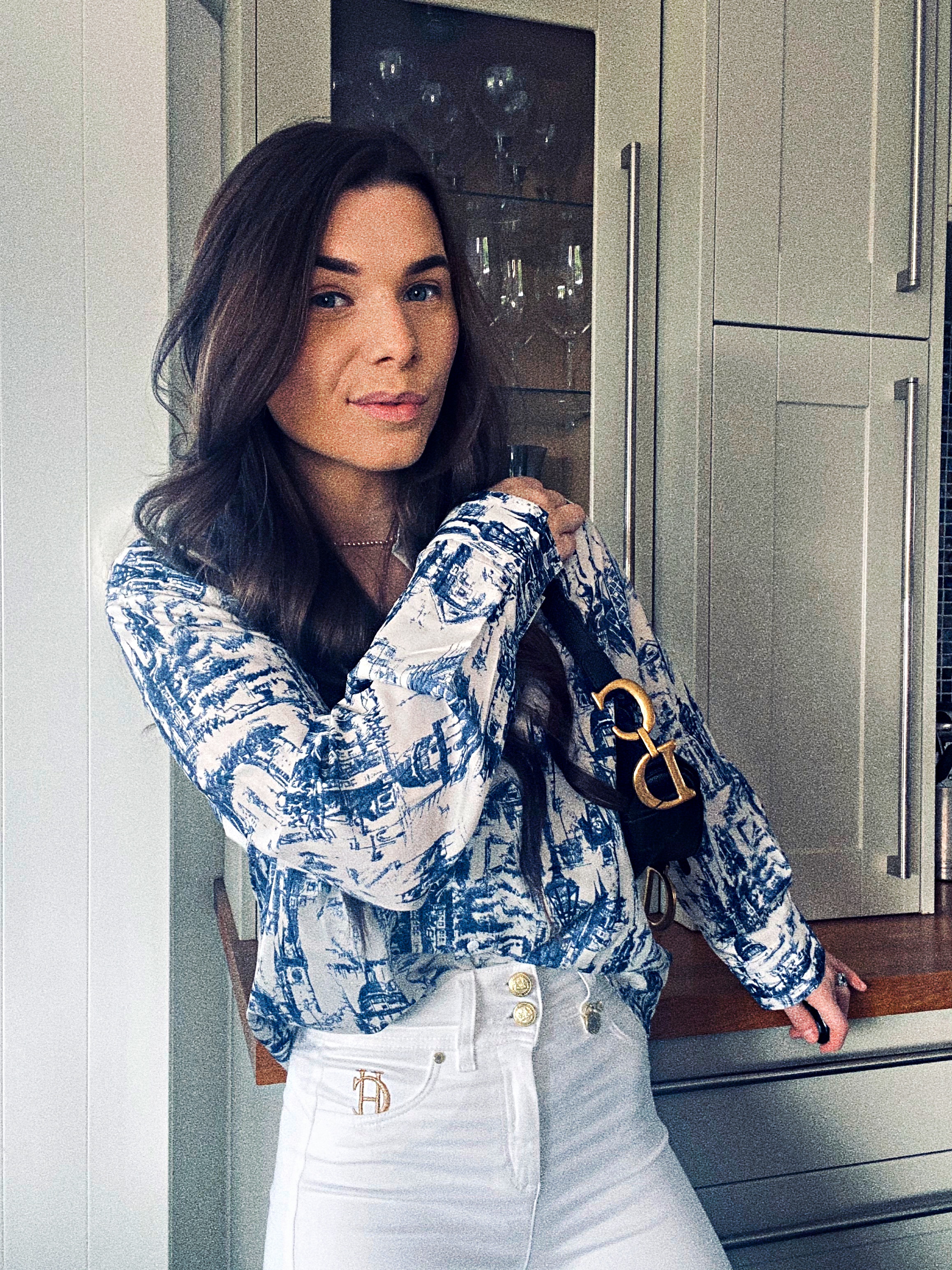The Red-Carpet: Unrefined or Reformed?
- Bronte Mitchell

- May 4, 2021
- 3 min read
Updated: Aug 14, 2021
From the Oscars to the Met Gala, we have witnessed the most decadent of gowns enthral the red-carpet since the red-carpet became synonymous with the Hollywood name in the 1920’s. Draped on the world’s most recognised faces, the carpet gives connotations of fashion, beauty and artistry showcasing months of drawings, avant-garde styles and tailored talent in one garment.
Often referred to as the most powerful catwalk in the world, let’s set the scene on a red-carpet event. A celebrity face steps out of her ride and into the bright lights, the cameras flash and cheers waves in from the sidelines as she commences to pose. Whilst the media lens’ focuses in on the surface of the individual and their statement attire there is a deeper, disclosed torture in the run-up to the red-carpet.
For some it will be natural beauty, others un-refinement for the celebrity it can be weeks of corsets, hunger, and last minute Botulinum toxin injections. Canvas’ of anxiety have the ability to dominant those determined to look flawless at the event. It makes us question whether there is something further at stake for the glamourised individuals than the success of winning an award?
Kim Kardashian: 48 hours before her red-carpet appearance at the Met Gala, 2019
Titled as ‘The Venus of Beauty’ by Jean Baptiste, Manfred Thierry Mugler’s Manager, Kim’s look for the Met Gala 2019 was far from organic. With the theme of the carpet being ‘Camp: Notes on Fashion,’ the established Kardashian sister, Kim sported an optical illusion, latex beaded gown designed by Thierry Mugler to reminisce the wet look from her Vogue 2019 May cover. The dress generated questions and conspiracies regarding her organ-crushing corset and even left the media asking whether she had removed one of her own ribs for the occasion.
“I cannot hardly sit” the Keeping Up With the Kardashian’s star explained in a behind the scenes video with Vogue, “This is beyond what I ever thought couture was.” Deciding to not address the circulating rumours, it is still unknown as to whether Kim trained herself in order to fit into the corset or whether the extent to her need to look intact had taken its toll.
Mugler’s name can be paired with some of the famous corsets in the world. From Alexander McQueen’s Spring 1995 collection to reinforcing Cindy Crawford’s waist in a bondage bodysuit, his expansive history with corsets reigns on. Described as a symbol of power alongside the rumours of an 18-inch waist, Kim’s corset became for than a fashion statement, it signified a reformation of the female body and the painful costs of beauty standards.
When on FaceTime to her cousin, Kim flaunted the ‘wet look’ dress in front of the camera receiving the following response, “First of all it fits like a glove, your waist is accents beautifully. Oh Kim, look at your waist, omg gorgeous.” On arrival at the Met Gala, on first glance we acknowledge a sense of agreement with the socialite’s cousin however, scrutinising the dress and her body form we have to question how much power the red-carpet has in delivering messages about idealised beauty.
Becoming the red carpet
In Renaissance art, red-carpets were depicted in scenes containing deities, saints, and royalty. Today it showcases the modern-day faces of royalty. Usually lined with professional cameras generating high-definition photography every minute detail is magnified. Social media plays a huge role in emitting images quickly and live from the event increasing individual’s appetite to look good.
Whilst red-carpet events have catalysed campaigns such as the #metoo movement, we can observe that the red-carpet can be a podium to display and promote the perfect form of ideal beauty as seen with Kim Kardashian.
In 2013, artist, Mitch Griffiths, produced a modern-painting entitled ‘The Red Carpet.’ The painting depicts a young woman centred amongst a dark scene, draped in a floor-length red dress looking down upon a male figure. Examining the painting closely, we notice that her dress has become integrated with the red-carpet she stands on as she herself has confined to the labels it holds.
Addressing issues of identity, inclusion and conflict, Griffith’s stated, “In this age when the most desired and revered commodity is fame, in an age when fame is at its easiest to achieve – when not only the billboard or red carpet but every advert, computer, phone, t-shirt and living room carpet is an Iconostasis – these icons could be, just might be…you.”
Even though the red-carpet is just a rolled out piece of material, the painting beautifully represents how much control it has over an individuals fashion choices and when partnered up with fame and the media it can become a dark place.



Comments